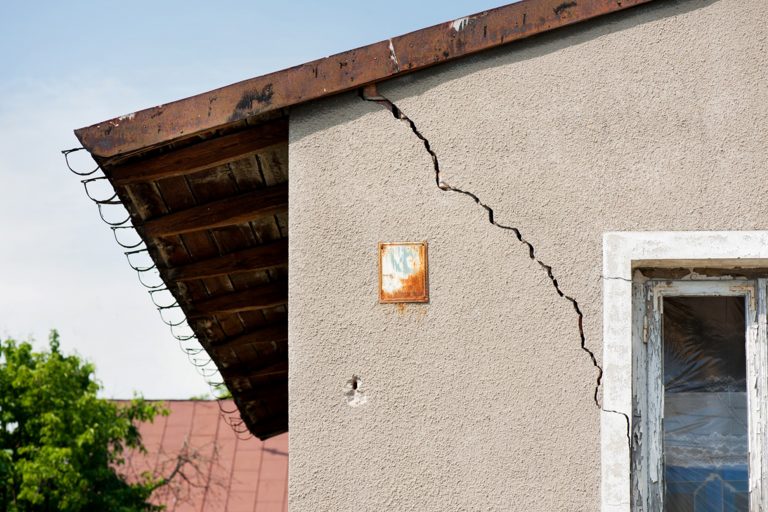Homeownership often comes with a few headaches. Whether you’re renting an apartment or buying an older home, you’ll likely encounter some issues that need some fixing. Even buying a new home and maintaining it also involves plenty of expenses. Besides the monthly mortgages and home insurance, you also need an extra budget to personalize the house for your own convenience.
Maintaining a property is a huge expense in homeownership, that’s why not all people are paying attention to it. But when things go wrong and something breaks down in the house, the cost can be more expensive than you imagine. For instance, an air-conditioning unit is an example of a home appliance that requires regular maintenance to prevent malfunctions in the long run. When ignored, issues might soon blow up from faulty motor to system leak.
Among the expenses involved in homeownership, repairs are one of the hardest to tackle. Not only are they a main source of inconvenience, but they are also notorious for wasting time and money. In this article, we listed three of the most expensive home repairs that can seriously break the bank. We’ll also include the costs involved and ways to avoid them.
Foundation
Issues with your home’s foundation can be ruthless. Repair costs start at $400 and go as high as $12,000. Issues may vary from poor maintenance, poorly compacted soil, or expansive clay with symptoms such as wall damage, cracks, sloping floors, water pooling, or doors that are hard to shut.
Foundation problems may also happen at properties built in poor grounds where soil easily contract during hot months or swell in wet seasons. Problems may also arise if the roots of trees or plants found their way through existing cracks. The quicker you respond to these symptoms, the safer you are in terms of safety and costs.
The best way to avoid foundation issues is to plan ahead before constructing a property or renting a house. Check if the ground surrounding the property slopes slightly away from the foundation. If not, water will accumulate along the foundation, which can compromise its structure. If you end up building your home on a ground that can be a main cause of standing water, fix it right away by applying soil to form a better slope.
If the soil around the foundation tends to be dry, keep it moisturized by installing a soaker hose. Make sure to run it at the right intervals to prevent soaking the ground. During rainy seasons, check the drainage and look for signs of clogging. If cracks are already present, consult a structural engineer for proper recommendations.
Roof

Besides the foundation, the roof is another important part of the house as it protects its occupants and everything inside it from outside elements, such as the heat, water, and wind. It’s also one of the weakest parts of a home, as it takes weather damage throughout the year.
Roof replacement is another expensive home repair that ranges from $650 for minor repair to $6,000 for overall replacement. There are costs for removing the old roofing materials, repairing the damage, and installing new parts.
Like the foundation, the roof is also prone to rotting and leaks. While spot leaks and lost shingles are cheaper and easy to fix, extensive damage is dangerous and costly.
Again, proper maintenance is the key to avoid expensive repairs. When cleaning the gutters, take the time to inspect the roof and look for signs of damage. A roofing expert can help to look for potential damage and offer suggestions to strengthen the overall roof system.
Siding
Siding is likely the most notoriously expensive home repair. It acts as the protective material for your home’s exterior and also adds visual appeal. Since it is made of tough materials, many people assume that their siding is always in good shape. What they don’t realize is that it is still prone to damage as it serves as the first layer of defense in various weather conditions and external elements.
Siding built out of aluminum is noisier and easily get dented, while wood is susceptible to warp, split, chip, and rotting. If you notice any of these signs, it’s best to tackle them immediately before it’s too late. Use treatments to avoid future leaks and remove nearby elements (e.g. storm-tossed branch or tree branches) that can rip off your siding. You will find this helpful if you plan to sell the house and boost its curb appeal.
While most home repairs are inevitable, there are ways to reduce the extent of the damage and the costs involved. Vigilance and proper maintenance can go a long way in preventing the costly expenses in homeownership. Planning is also important to help balance out which items to be repaired and those that need replacement. If you need help, consult home repair professionals to know your options.




